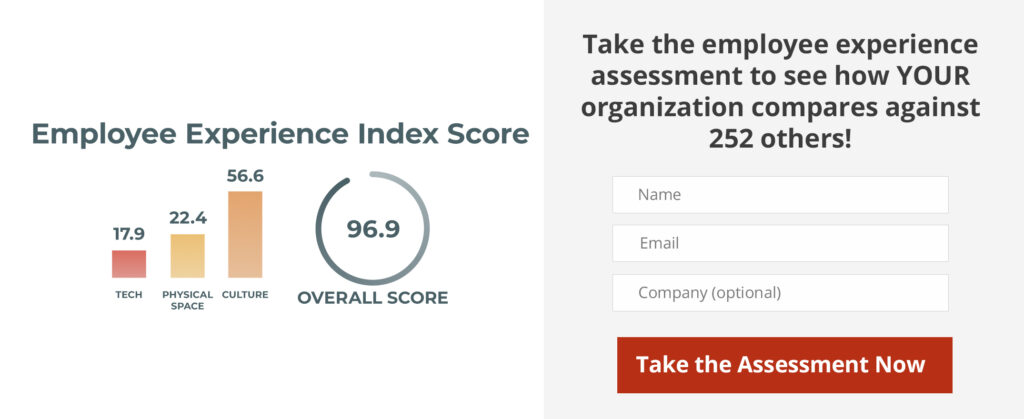Flexible work is often seen as the saving grace of companies and the must-have element for the future of work.
COVID-19 proved that most companies can facilitate flexible work, and now organizations around the world are questioning if they really need people to work in an office.
Flexible work has done wonders for employees and organizations. But behind those flexible schedules and WFH setups is a dark side of flexible work that is often overlooked until it is too late.
We don’t often talk about the negative aspects, but they can have a huge long-term impact on employees.
With a flexible work schedule, we’re always working. We’re always connected. And with this temptation and compulsion to be constantly working, many employees end up overworking and getting burnt out much more quickly than they would in a traditional setting. We’re addicted to technology and we’re addicted to work, and those things come together dangerously in flexible work.
A 2019 global survey found that employees who work flexibly struggle with unplugging from their jobs, loneliness, and communication—and that was before the pandemic where more people than ever are working from home in a stressful global environment.
Flexible work is great if you can actually shut work off at some point, but otherwise, it can lead to chaos.
Two main factors contribute to this dark side of work: culture and technology.
If leaders create a culture where they expect remote workers to always be available, it seeps into every aspect of the organization and drives a workforce where people feel they have to constantly be working or available to get ahead.
This leads to the “wiggle the mouse syndrome” where employees feel they need to move their mouse as soon as they wake up so that their messaging indicator will turn to green, signifying they are active and online.
It’s up to leaders to be the example for their employees and set personal boundaries to avoid falling into the dark side of flexible work. They need to encourage people to take time for themselves and create a culture that celebrates boundaries and rewards rest.
Groupon interim CEO Aaron Cooper intentionally builds downtime into his day so he has time to think and be home and present with his family.
He told me this: “I encourage everyone to take downtime and reflect on the right priorities and any big problems. It has to be deliberate or something else will creep in and you won’t get it done.”
Cooper tries to follow a 24/6 schedule where he turns off screens on Saturdays and is very present. He says the new schedule and boundaries have been grounding and changed how he plans his week.
Leaders set the tone for their organizations, even when employees are working remotely. When leaders have personal boundaries that they communicate to employees, it gives employees permission to set and follow their own boundaries and not feel the need to constantly be working.
To overcome the issue of technology and our constant need to be connected and available, individuals must take control of their technology. It’s about managing technology so the technology doesn’t manage you.
Simple boundaries like not sleeping next to your phone, not having technology at the dinner table can help develop self-discipline and break the cycle of always having to be on a device.
It’s a delicate balance between connectivity and availability. Just because we are constantly connected doesn’t mean we have to always be available.
Mindfulness exercises, such as meditation or time to let your mind wander, can also prevent burnout. Other leaders prioritize workplace communication, even just a group chat about the happenings of the day, to help employees feel connected in the right ways.
Flexible work is the future of work. But its flaws can’t be overlooked, especially the urge to constantly be working. If we want flexible work to be effective, we have to make sure we use it responsibly. When in the right hands, flexible work is powerful and can be magical. But in the wrong hands or not implemented correctly, it can lead to a dangerous dark side of burnout and disengagement.
It’s up to leaders and individuals to focus on the power of flexible work, create boundaries, and set examples so that the positive side of flexible work can shine through.
. . .
Employee experience has never been more important than it is now, especially after COVID. But less than 10% of organizations are doing a great job of creating them. What are the best companies doing? Take the employee experience assessment to see how your company compares with over 252 others around the world!

